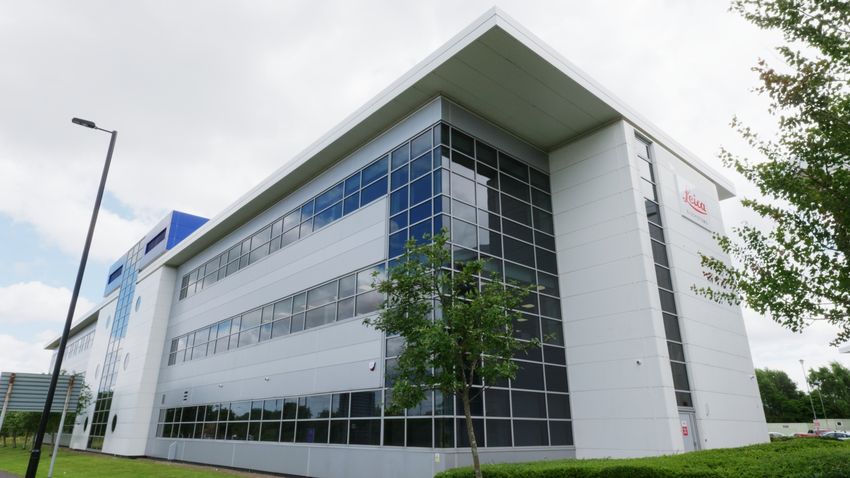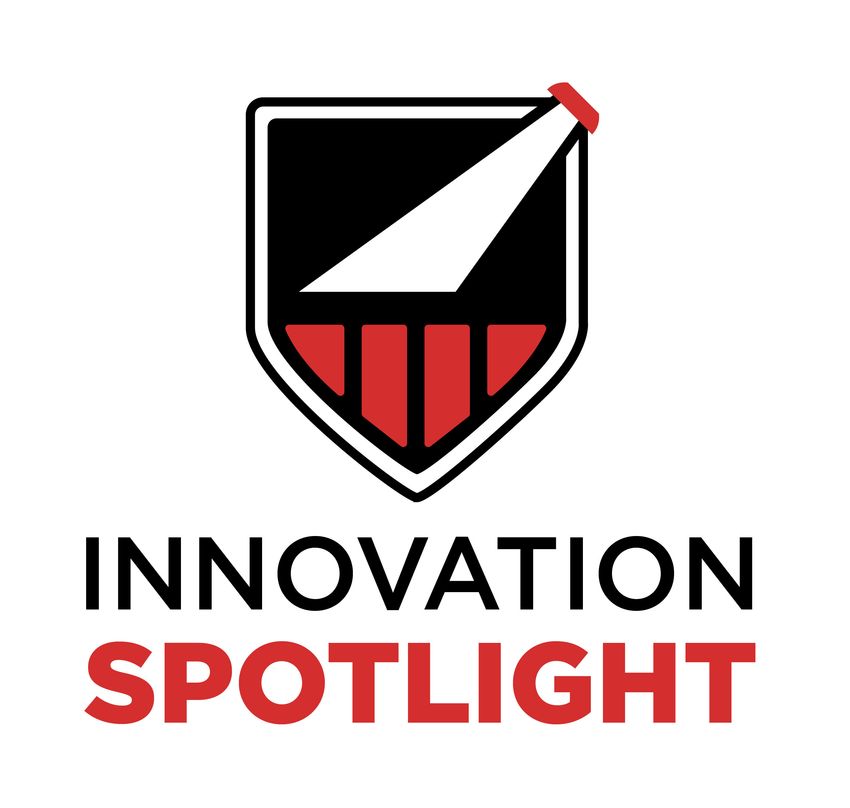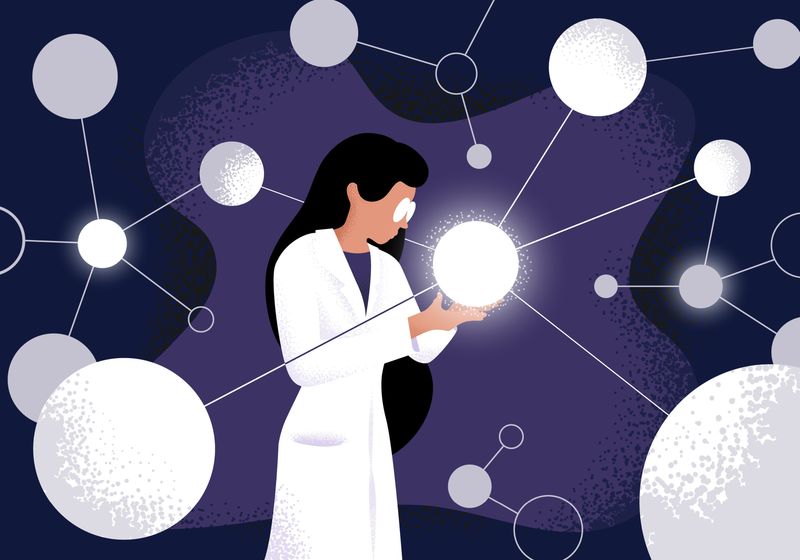Companion diagnostics (CDx) are vital to precision oncology, enabling clinicians to match patients with therapies based on personalized factors such as biomarker profiles. However, traditional CDx development models often face fragmented timelines and validation hurdles that delay their progress from laboratory bench to clinical implementation.
Gustavo Perez President Leica Biosystems
New technologies and cross-industry partnerships, such as those led by Leica Biosystems, are streamlining CDx development through unified frameworks that integrate diagnostic tools, artificial intelligence (AI) models, and regulatory expertise. In this Innovation Spotlight, Gustavo Perez, president at Leica Biosystems, discusses the motivation behind building the collaborative infrastructure needed to tackle CDx development bottlenecks and enable precision medicine breakthroughs.
What is precision oncology and what is the current state of precision oncology research?
Precision oncology is a transformative approach to cancer care that tailors treatment to the individual characteristics of each patient’s cancer. By leveraging genomic, molecular, and cellular information, we can identify the therapies most likely to be effective for a specific tumor profile. The field has made remarkable strides over the past decade, moving beyond traditional one-size-fits-all treatment toward highly personalized therapies. We now have an expanding arsenal of targeted therapies, and advances in proteomic technologies are accelerating our understanding of tumor biology. Today’s research is pushing into multiplexed assays, AI-powered digital pathology, and spatial profiling—tools that promise even more precise patient stratification. However, the full promise of precision oncology is still emerging. There’s great momentum, but also much work ahead to make it widely accessible and clinically actionable.
What limitations or challenges does this field face?
Major challenges include limited patient access to comprehensive biomarker testing, complexity in interpreting and validating multi-marker assays, and lengthy development-to-market timelines due to regulatory and logistical bottlenecks. Additionally, integrating AI and digital tools into standardized clinical workflows remains an ongoing task as we work to increase adoption globally.
What are CDx and how do they support precision oncology?
CDx are in vitro diagnostic tests used to determine whether a patient is likely to benefit from a specific therapy. By identifying patients whose tumors harbor actionable biomarkers, CDx enhance treatment efficacy and safety, often leading to markedly higher response rates with targeted therapies compared to unselected populations. By pairing CDx with targeted drugs, we deliver on the promise of precision medicine.
Conventionally, who develops CDx programs? Are there challenges related to this conventional approach?
CDx are typically co-developed by pharmaceutical companies and diagnostic partners, synchronizing approvals between drug and diagnostic. In contrast, when CDx development is pursued through isolated, siloed approaches, disparate teams and fragmented processes often create misaligned timelines, mismatched readiness, and fragmented validation across labs, resulting in delayed clinical adoption and inconsistency in global deployment.
Tell me about the benefits of cross-industry partnerships, and how is Leica Biosystems supporting CDx development?
Leica Biosystems offers full workflow integration, from tissue preparation and immunohistochemistry (IHC)/in situ hybridization (ISH) staining and imaging to digital/AI analysis, empowering pharma partners to accelerate CDx development. We have a global installed base of over 11,000 instruments, including some of the most advanced automated stainers and digital scanners, validated quality management system (QMS) capabilities across College of American Pathologists (CAP) and Clinical Laboratory Improvement Amendments (CLIA) labs, and privileged access to in-depth data for over 11,000 antibodies to accelerate assay development. We streamline regulatory compliance, enhance assay robustness, and ensure rapid commercial scale-up in over 100 countries.

Leica Biosystems’ Center for Enabling Precision Medicine helps accelerate assay development and regulatory approval in key markets.
Leica Biosystems
What makes this cross-industry collaboration unique?
Our approach stands out in three ways.
Firstly, end‑to‑end integration: we have a truly end-to-end, fully connected CDx infrastructure. Leica Biosystems uniquely controls the full biopsy-to-diagnosis workflow, including translational, clinical, and commercial, eliminating sample hand-offs and assay transfer delays.
Secondly, an AI and digital pathology ecosystem: Leica Biosystems has an exclusive, best-in-class clinical digital deployment platform and the world’s largest digital slide scanner installed base. We offer open systems across staining, scanning, image management, and AI algorithms, enabling AI‑powered, quantitative diagnostics.
Thirdly, global, localized execution: with Centers for Enabling Precision Medicine in the US, UK, and China, we accelerate assay development and regulatory approval in key markets.
These collaborations directly tackle bottlenecks in timeline alignment, standardization, digital adoption, and global accessibility.
What excites you about the future of precision oncology and CDx research?
The integration of AI, digital pathology, and multiplexed biomarker panels is incredibly exciting. With our AI-enabled scanner–software platforms (e.g., Aperio GT 450 scanner, Aperio HALO AP, and Aperio AI Store) now equipped for developing CDx assays that include an AI image analysis component, we’re moving toward computational, high-resolution diagnostics that can uncover biological insights beyond human visualization capabilities. Multimodal assays will yield deeper disease understanding and potentially enable more personalized therapies—truly the next frontier in oncology care.
Is there anything else you’d like to share with our readers about precision oncology and CDx?
A key takeaway is that collaboration is key. Strategic partnerships between pharma and diagnostic companies effectively and efficiently break down barriers in the development of next-generation cancer therapies. It’s this impact that has driven us to build the infrastructure needed to bring personalized care to every cancer patient, across every community.


